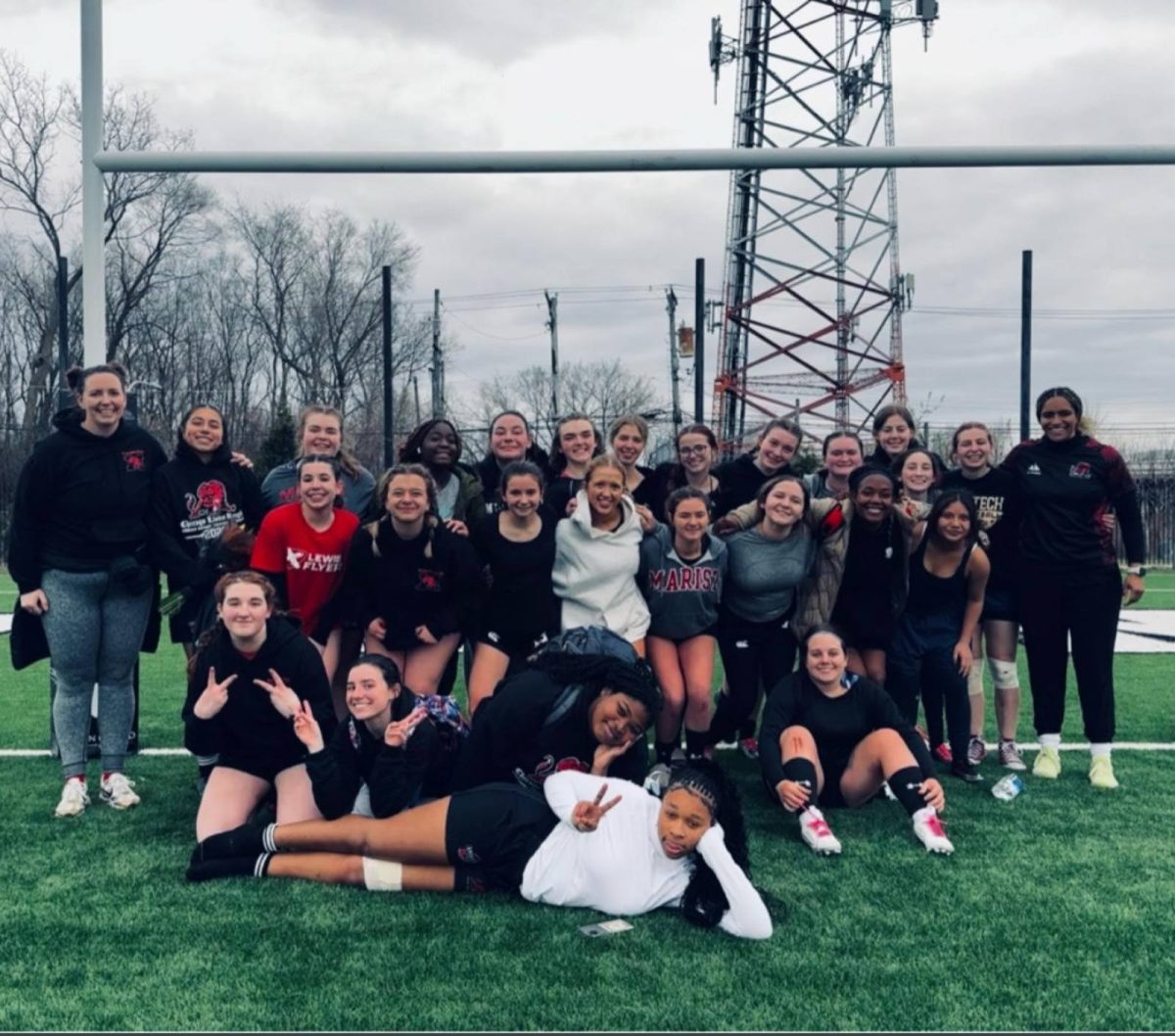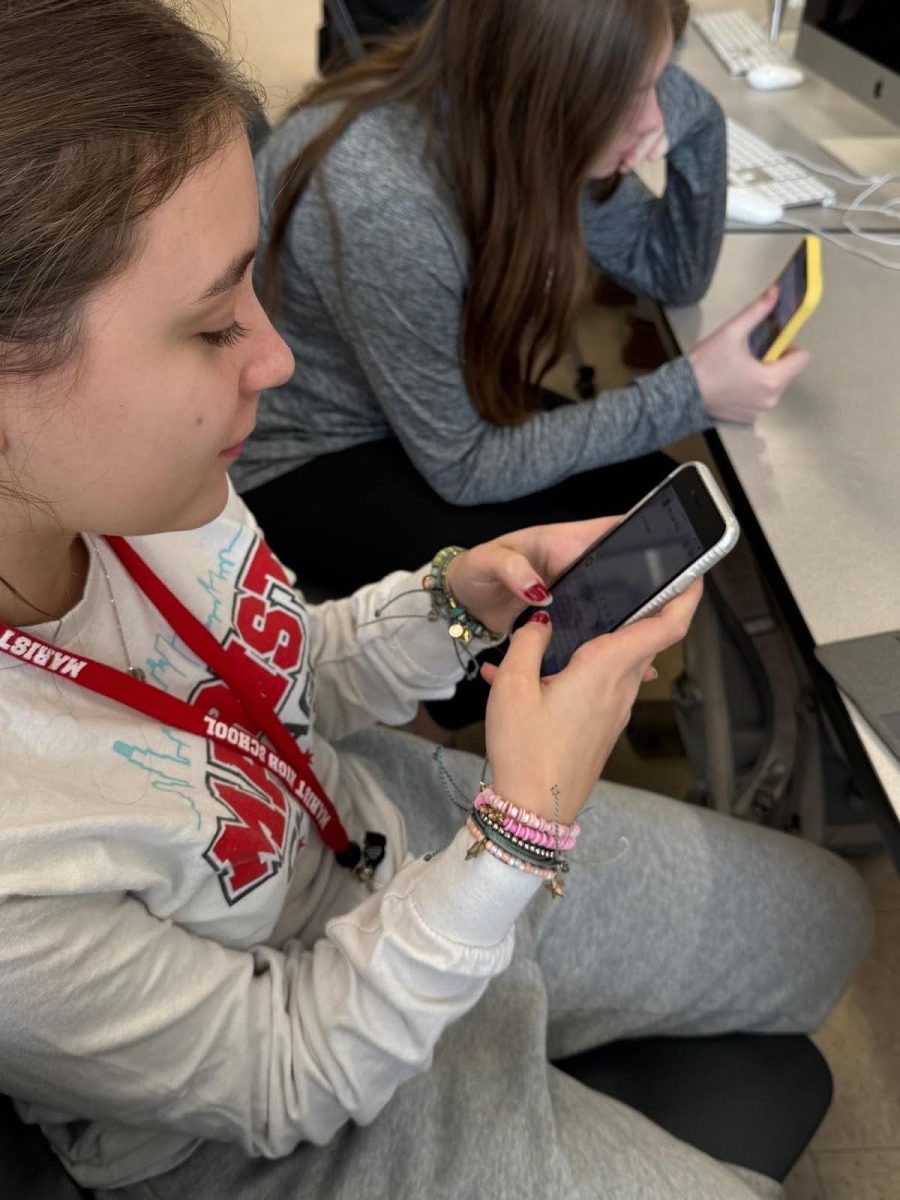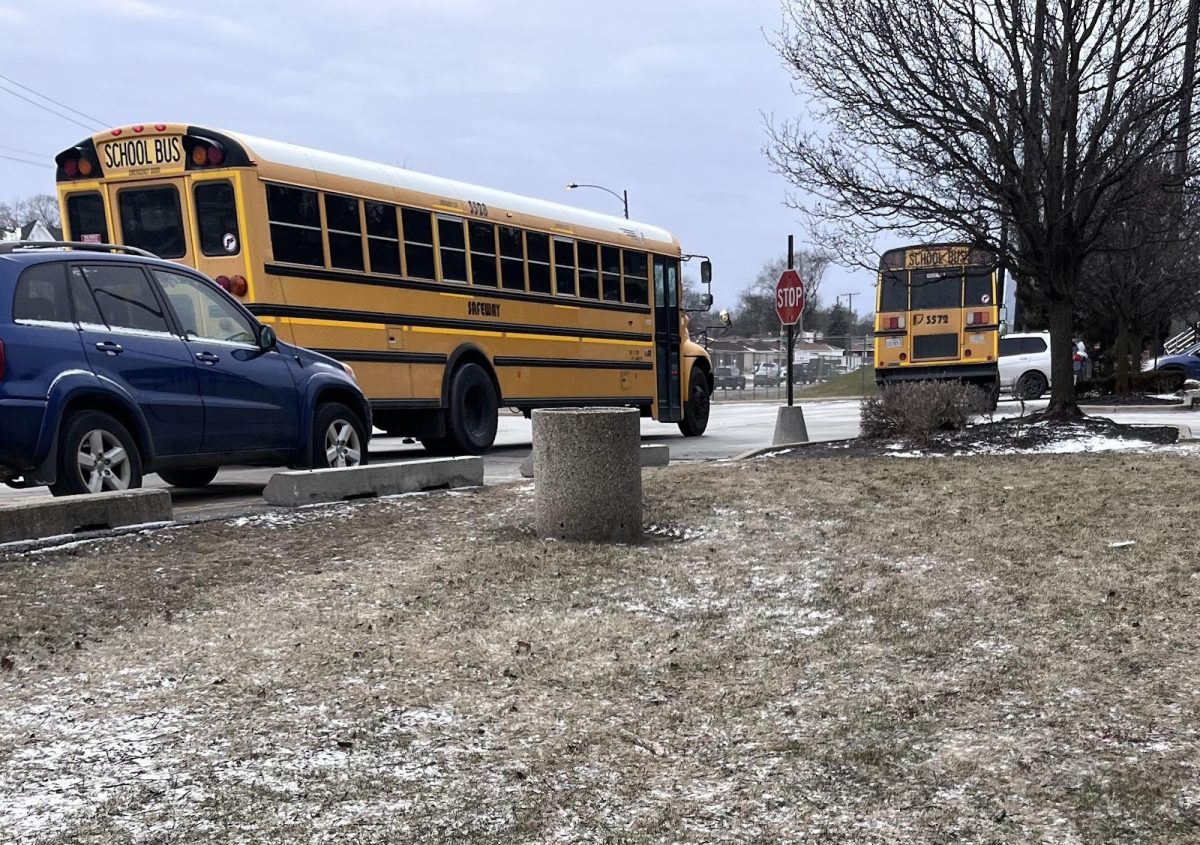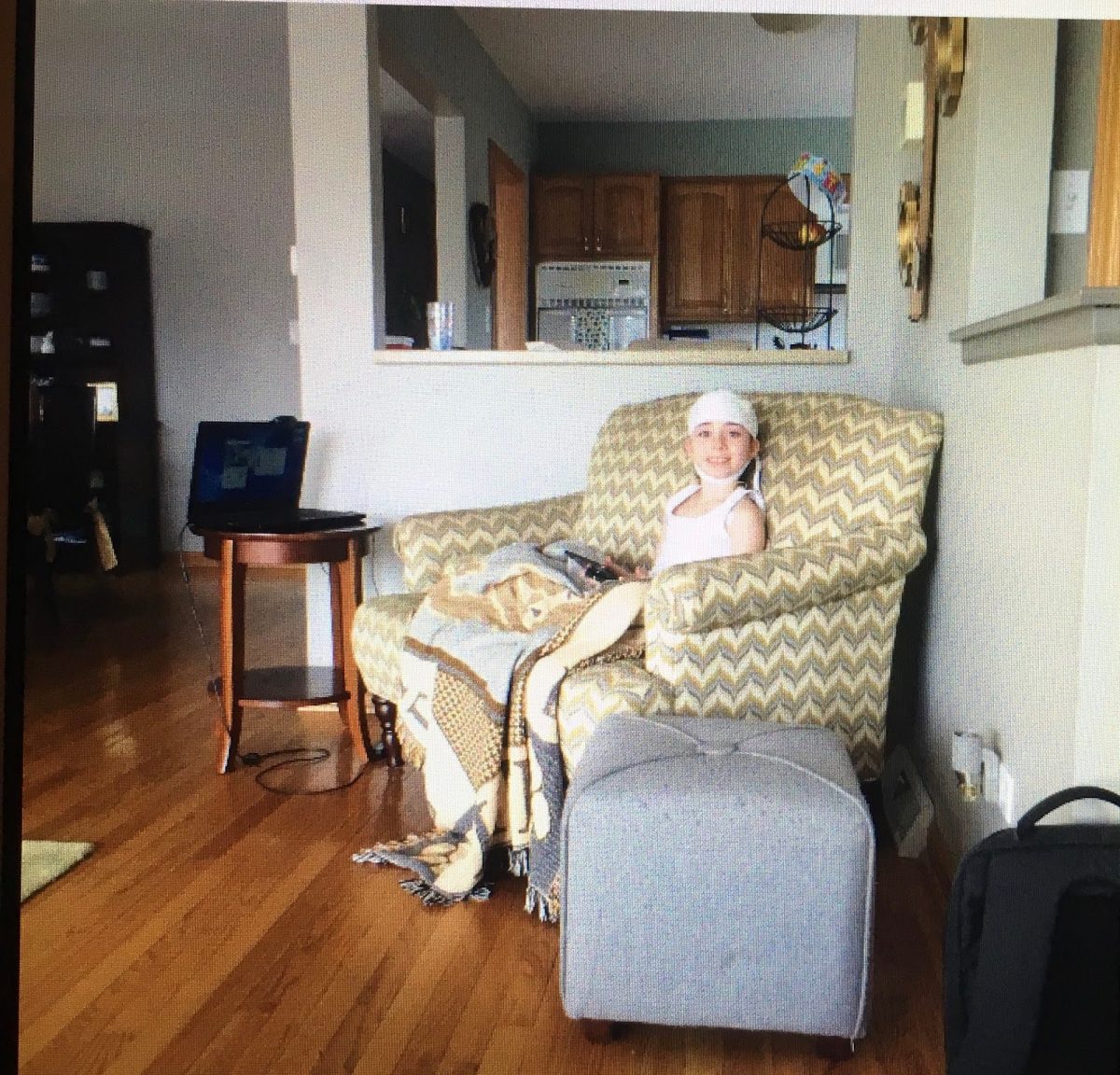On Thursday, October 31, from school dismissal to sundown, kids will line the streets going door to door in hopes for their favorite candy. Although Halloween is still a largely celebrated and romanticized holiday, have the numbers of trick-or-treaters dwindled over the years? If so, could fearful parents and neighborhood curfews be the reason?
As the years go by and generations get older, it’s up to them to pass down the traditions. Halloween trick-or-treating is an American holiday activity that was adopted from Roman Catholic tradition. It has been a staple in American culture for almost as long as Thanksgiving, but some have started to notice the once popular activity is dying off.
Trunk-or-treating, a popular community event in our heavily automobile-centered American society, has recently been replacing old fashioned trick-or-treating. One theory is that trunk-or-treating originally started as a ‘safer alternative,’ as poisoned candy myths frequently popping up on the internet would cause widespread paranoia amongst fearful parents.
However, the more likely reason is because it serves as an easier alternative for parents to get together with familiar faces in one designated spot instead of wandering the neighborhood.
While trunk-or-treating may technically be safer, is it worthy of taking trick-or-treating’s spot as America’s favorite Halloween pastime?
“Not at all. Trick-or-treating means getting out in the neighborhood and involved in the community, and that’s what it’s all about,” says Marist junior Ava Krueger.
In recent decades, parents have become more exposed to the dangers of letting your children run loose throughout the neighborhood. Social media and popular news outlets tell stories of poisonous candy or kidnappers lurking the streets and may have spurred a nationwide phobia of trick-or-treating.
“I think it’s fake. The internet portrays it as a bigger issue than it actually is,” says Marist senior Ryan Serpe.
Other more realistic concerns such as a rise in automobile-pedestrian accidents on Halloween or drunk drivers make unsupervised trick-or-treating too much of a risk for some families. This especially when late work hours for parents make supervised trick-or-treating impossible.
“I think in certain neighborhoods trick or treating is just as popular as it once was but in other neighborhoods it has died down,” says Marist teacher Jason Berta.
Some people agree that the decline in trick-or-treaters varies by neighborhood. While some have fewer participants, others are just as strong as ever.
Even before social media, stories of kids printed on paper milk cartons disappearing forever became a suburban American mother’s worst nightmare.
“I would say yes [less trick-or-treaters] because of incidents in the past. Even though they are not common, people are still worried, like putting stuff in candy,” says Aidan Hurless.
Late work hours combined with long commutes make trick-or-treating hard to fit into most people’s schedules. With these later work hours and long commutes from suburban homes to city jobs becoming more common, the average adult is struggling to find time for trick-or-treating. This may further contribute to the increase in trunk-or-treats, as they usually take place on a weekend prior to Halloween week.



























